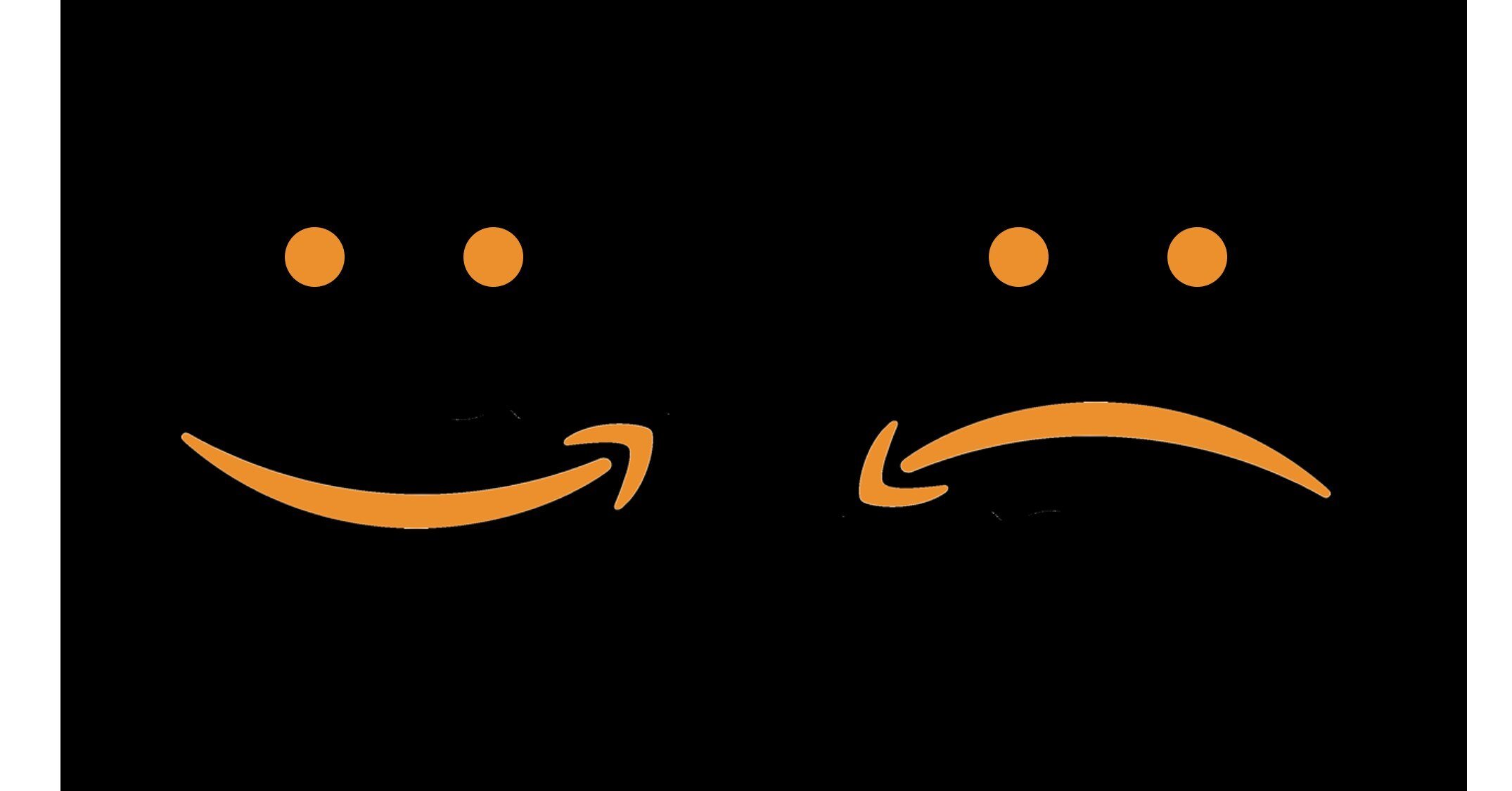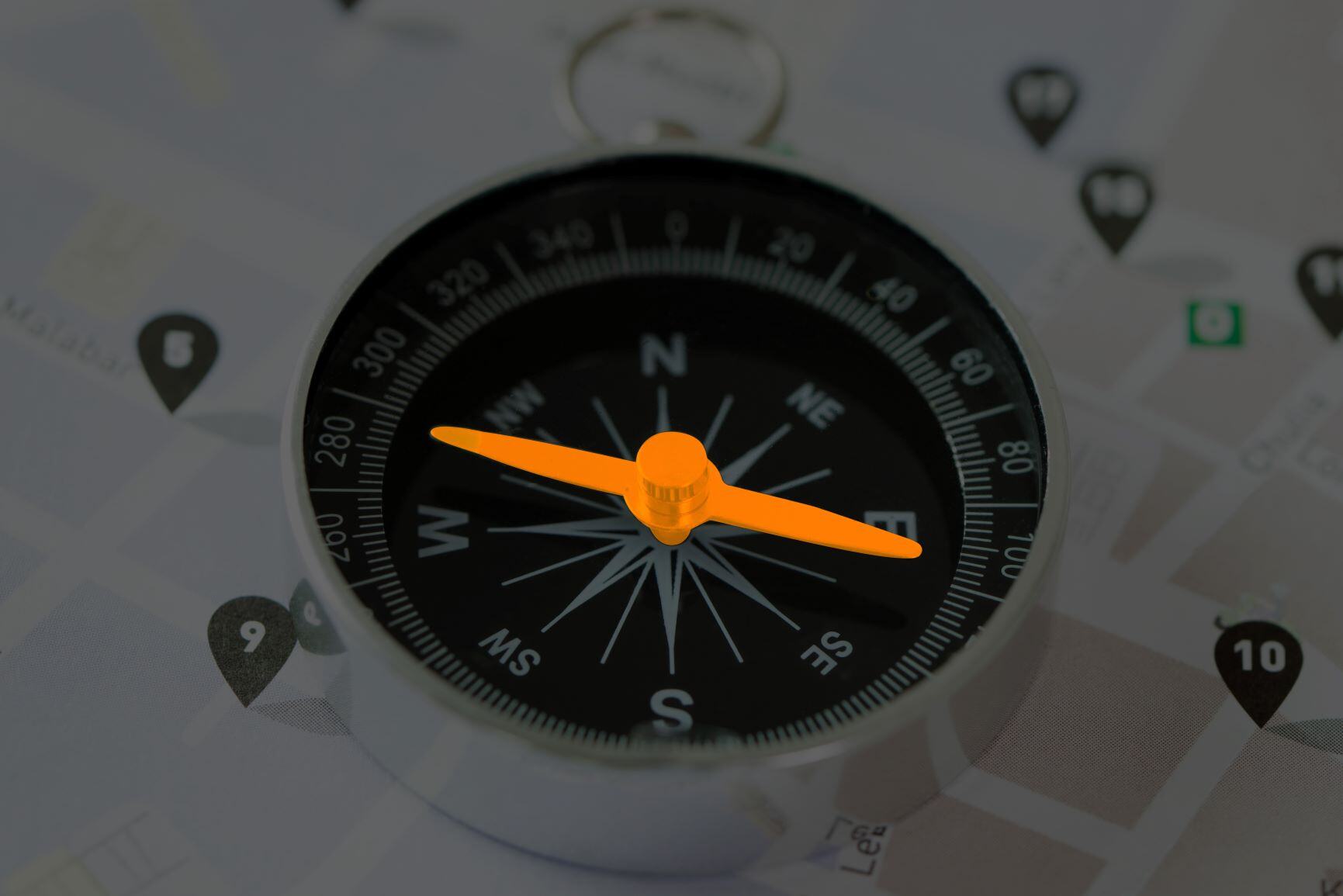Amazon Explained: Amazon Attribution
Amazon has long been the top e-commerce destination for U.S. consumers. Until recently, though, the ability for advertisers to evaluate the...

Amazon advertising is all about converting sales on Amazon, right? Wrong. Just as the Amazon ecosystem itself extends beyond the retail site into entertainment platforms, other media properties, physical stores and more, Amazon advertising doesn’t begin and end with the site’s ubiquitous sponsored ads. Far from it.
Amazon’s demand-side platform – the DSP – is a significant contributor to that and using it can unlock a huge array of products, properties and targeting capabilities. Whether you’re a small brand experimenting with the DSP for the first time, or a sophisticated advertiser with large budgets, there’s a DSP strategy for you. Here, we explain what the DSP is, how it works, and how your brand should be making use of it – to win on and off Amazon.
The Amazon Demand-Side Platform (DSP) is an automated advertising platform that allows advertisers to programmatically buy display and video ads, targeting relevant audiences throughout the Amazon ecosystem as well as on third-party exchanges.
Unlike the Amazon Ad Console which primarily runs sponsored ads on Amazon.com (and local Amazon sites around the world), the DSP allows advertisers to do so much more. For example, you can reach audiences on the following platforms: Amazon.com, FireTV, Imdb.com, Kindle, Apps, Published Partners and Third-Party Exchanges.

There are several major differences between Sponsored Ads and DSP. First, sponsored ads are geared toward cost-per-click (CPC), while DSP is done through a cost-per-impressions model (CPM). The cost structure reveals the major difference between the two platforms; sponsored ads are designed to drive conversions while DSP is designed to build brand awareness.
The strength of Amazon DSP lies in the massive scale of Amazon itself. eMarketer estimates Amazon to account for 37.3% of all U.S. ecommerce sales, which was roughly $602 billion in 2019. Most impressively, despite increasing competition from numerous ecommerce giants, Amazon is actually poised to increase its market share in 2020. Overall, eMarketer projects online sales to increase by 18% in 2020. The evidence is clear: Amazon has momentum.
So how does this relate to Amazon DSP? Amazon has billions of observable shopping and media consumption patterns. Unlike Facebook, which tells you what people like, and Google, which tells you what people search for, Amazon actually tells you what people buy. Amazon has the largest database in the world of online shoppers from all stages of the customer journey that advertisers can leverage, and it’s still growing. Whether the goal is to build brand awareness, drive conversions or somewhere in between, there are targeting options available for every strategy.

Sponsored product ads live at the bottom of the advertising funnel. These ads are designed to drive conversions. The major distinction with Amazon DSP is that it can live throughout the funnel. Retargeting options are located on the bottom of the funnel, and act to drive conversions from customers who viewed product pages but didn’t initially convert, while in-market & lifestyle ads build brand awareness. Whether the objective is to drive sales or build brand awareness, there are options available on Amazon DSP.
There are several different types of DSP ad types available:
What really makes Amazon’s DSP so powerful, however, is the access it grants advertisers to audience targeting data only available through Amazon.
There are six unique targeting segments available on Amazon DSP:
Amazon DSP offers many media tactics to generate not only brand awareness but increased revenue as well. The beauty of Amazon’s DSP is the ability to leverage Amazon’s vast data footprint no matter the KPIs of your client. With one of Podean’s beauty brand clients, who had never explored DSP before, we wanted to take advantage of the retargeting capabilities of the AMZ DSP console. We proposed a lower funnel DSP tactic called Dynamic E-Commerce Ads.
Dynamic E-Commerce Ads are a form of display advertising where ads are purchased programmatically and served both on and off Amazon.com. AMZ DSP automatically optimizes creatives to meet a campaign’s goal. The type of e-commerce creative served is based on Amazon’s machine learning algorithm and a selected optimization goal. The ads are clickable with certain creatives having an “Add to Cart” or “Shop Now” button, or if clicked on they can bring you directly to the PDP of the product being advertised to learn more and potentially make a purchase.
Within AMZ DSP and specifically DEA ads, there is an infinite number of targeting segments to choose from. We utilized retargeting segments to essentially retarget anyone who had viewed but not purchased certain products within the last 60 days. Additionally, we added a “Not” segment to ensure that anyone who had converted was not served an ad for that product again for 60 days. With the agreed upon budget, we decided to focus all efforts on the brand’s top five selling products. This would give us a greater chance at seeing success; since these products are purchased the most, they are obviously searched for the most.
Best practice is to run a DSP campaign for at least three months in order for AMZ DSP machine learnings to take effect. Podean takes this approach but also recommends an “always on” strategy for a campaign of this nature. Once optimizations take place and the campaigns mature over time, it’s good to maintain traction rather than pause or end a DSP campaign. We found that around 70% of product sales were attributed to New To Brand consumers. This confirms the idea that DSP is an upper funnel tactic, however this form of DSP does have a high conversion rate. As we continue to optimize the DEA campaigns for this beauty brand and ROAS continues to grow, we plan to increase budget, add more ASINs to be advertised and eventually increase our audience/targeting segments to expand beyond retargeting.
With Amazon DSP, there is no one best practice or recommendation. The possibilities with DSP are virtually endless, with so many different types of ads and audience targeting depending on the objective. DSP has possibilities throughout the advertising funnel beginning at the point of conversion all the way up toward consideration and awareness.
For brands that are interested in DSP but wary of committing to a large budget, we suggest starting with retargeting, which is proven to be highly effective with a smaller budget. Retargeting will provide you with impressions as well as a return.
For larger brands and campaigns, we highly recommend taking full advantage of Amazon’s unparalleled audience data by exploring the OTT space using video offerings. Although OTT video has a higher CPM than other DSP formats, it offers the ability to run high-impact and engaging creative that reaches an ever-growing audience. As the popularity of streaming continues to grow, OTT presents an increasingly attractive opportunity. Whether your brand is endemic or non-endemic, there are more than plenty of targeting options available.
To learn more about Amazon DSP’s potential to grow your brand, get in touch.

Amazon has long been the top e-commerce destination for U.S. consumers. Until recently, though, the ability for advertisers to evaluate the...

This original Op-Ed was written by Podean Global CEO Travis Johnson for The Drum and can be found here.

Amazon DSP is a demand-side platform that enables advertisers to programmatically buy display, video and audio ads both on and off Amazon, using...
